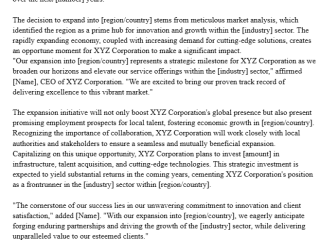Article: Positional Power for Change. Written for my MPA.

Lauren Elisiario
Positional Power for Change
For the purposes of this paper we will be looking at positional power in relation to our personal values. Through this paper I will describe how to change the culture or core values of an organization utilizing positional power. I will talk about how I would use different types of positional power in order to go about the process of changing organizational values and or culture. I will discover what that would look like using my personal characteristics of my personal values as an example. Finally, I will predict the type of power dynamic I may have to navigate while instilling organizational change and describe how I would go about navigating the power dynamics present.
Change To an Organization Utilizing Positional Power
According to Brink and Steffen (2011), Positional power is the result of two components of an organizations structure type. These two components are the arrangement of positions as well as the decision-making mechanisms in place at the given organization. In order to utilize positional power to change an organization it would be difficult depending on the types of changes one wants to make. If an executive wanted to make changes in order to make more money, then that would be relatively easy. If the same executive wanted to make changes that would be better for the employee such as higher wages, better benefits, et cetra then it would cost more money for the company meaning that it would be more of a challenge to implement these changes depending on the shareholders of the company. The changes that would cost more money would require not only positional power, but it would take personal power to get the shareholders to see the value in these changes and to agree with the executive wishing to make these changes. This would be the only way that the executive could get these types of changes passed in the company.
Different Types of Positional Power To Change Organizational Values and Culture
According to Corvig (2012), the three forms of power that are linked to positional power include coercive, reward, and legitimate power. If a person wishes to change organizational values and culture, they must utilize at least one of these three types of positional power. If an executive wanted to change organizational values for the better, then he or she would utilize either reward or legitimate power. If an executive wanted to change values for the worse then he or she may use coercive power.
Prediction of power dynamic to navigate while instilling change.
According to Park Point (2018), there are four types of organizational structures. These types include functional, two types of divisional, matrix, and flatarchy. The process of making changes within a company would depend greatly on which type that the organization has. The power dynamics would vary as well when it comes to navigating the change that an organization wants to make. If an executive was looking to make changes in a functional structure it would be straightforward as there are three main branches of the company which include marketing, sales and services. Divisional: market-based organizations would still be fairly simple to make changes with as like the functional there are three branches of the organization which include the commercial division, residential division and the government division. Divisional: geographic structure would be a bit more complicated as the three main branches include Americas, European markets as well as Asia-specific markets. The changes get trickier when it comes to the geographical structure as there are time zones to consider as well as other countries laws and cultures to take into consideration. The matrix structure gets a bit trickier as there are three branches and three subbranches. The flatarchy is the trickiest as there are more people that may have a say then just the executives and the shareholders.
References
Brink, J. R. van den, & Steffen, F. (February 5, 2017). Axiomatizations of a Positional Power Score and Measure for Hierarchies. Retrieved from https://research.vu.nl/en/publications/axiomatizations-of-a-positional-power-score-and-measure-for-hiera
Corvig, D.M. (2012). Meeting the Ethical Challenges of Leadership: Casting Light of Shadow. The Journal of Applied Christian Leadership, 6(1), 12. Retrieved from https://www.gcumedia.com/digital-resources/sage/2013/meeting-the-ethical-challenges-of-leadership_ebook_5e.php
Point Park. (February 15, 2018). 4 Types of Organizational Structures: Point Park Online. Retrieved from https://online.pointpark.edu/business/types-of-organizational-structures/



